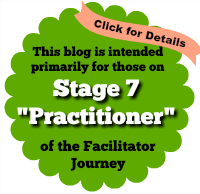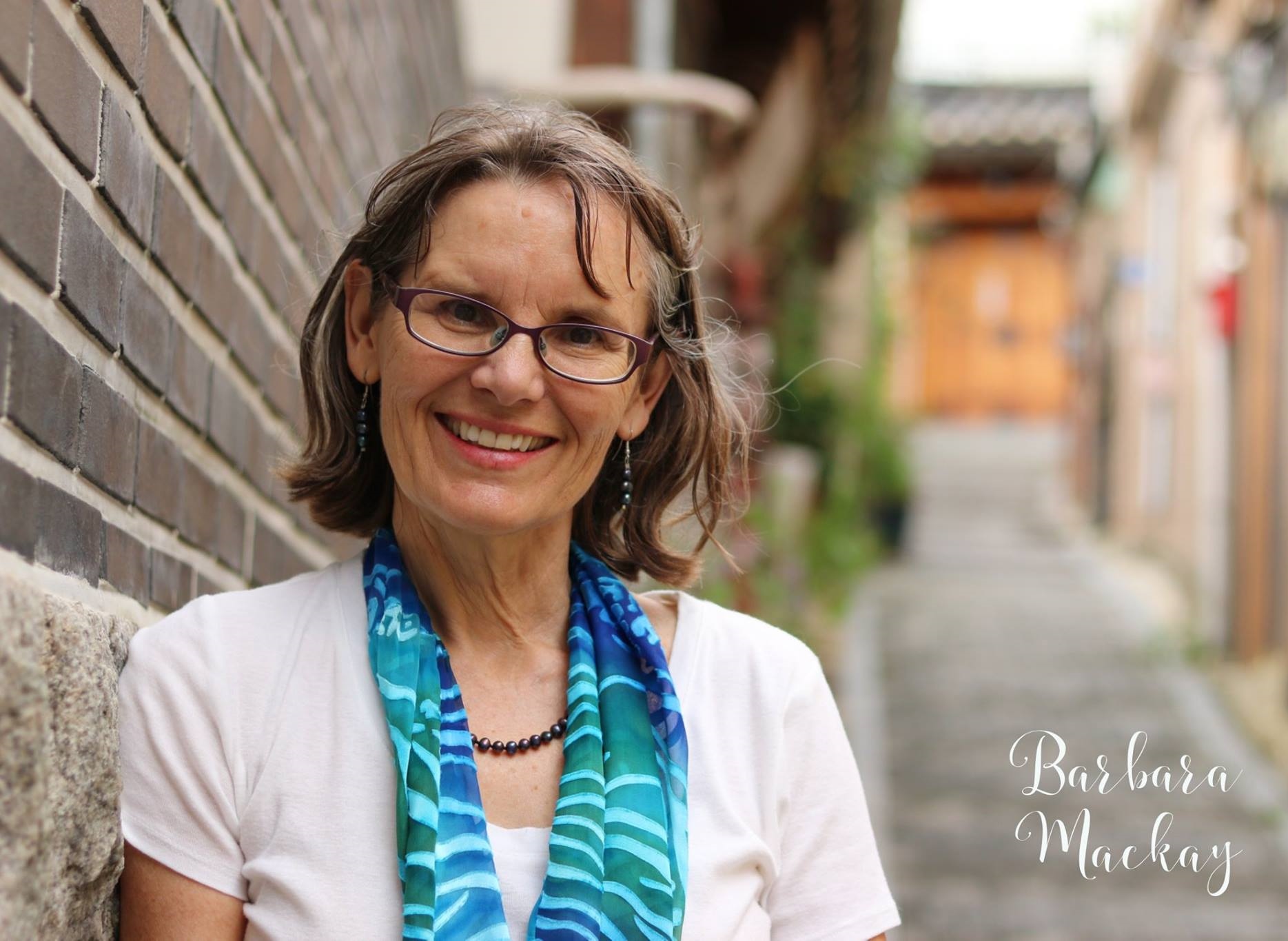The Sustainable Facilitator: Ensuring Planet-Friendly Work and Life

 This may seem like an odd topic and you may be tempted to dismiss it. But I assure you it will have some great tips no matter where you are in your facilitation practice and your relationship with the planet and its care.
This may seem like an odd topic and you may be tempted to dismiss it. But I assure you it will have some great tips no matter where you are in your facilitation practice and your relationship with the planet and its care.
For over a year we’ve been posting a sustainability and wellness tip with each blog, so you may know that it’s part of my focus these days. About 6 years ago I made a decision to reduce my carbon footprint by 40-60%. That meant I needed to do a lot less driving, a lot less flying, use a lot less plastic, and think of ways to facilitate in sustainable ways.
The impact of this decision has been subtle yet profound. It meant that I switched over to virtual teaching and facilitating relatively early in the game – well before COVID. Synchronistically, it ensured that I was able to continue my facilitation work without missing a step when COVID required all of us to go virtual.
It helped me think about where I held events. I wanted to ensure people could take public transportation. So we chose a location where people could take our light rail system. We started bringing in snacks that required less packaging and we made our own coffee so we weren’t throwing away containers of store bought coffee. We asked people to bring their own water bottles and cups if they could. Recently, I’ve learned about someone who has designed a different type of sticky wall that requires less paper. We’re sharing his design in the Resources.
Another profound impact in making the decision to reduce my family’s carbon footprint, was that we chose to move to a smaller city where we could walk or bike everywhere. The city has a composting program so our food waste is picked up every week. I’ve taken to sourcing anything new we buy from ecologically, certified green companies, and to shop at stores that sell previously owned goods.
The final, not insignificant impact that I want to share with you is that when you practice your values, your work in front of a group is more authentic. You feel more grounded as you are now more of a principled human being. The care of our planet is so important to me that I must practice taking care of it as well as I would take care of a group of people that I am facilitating. Everything I do must be thought through. I cannot be a mindless consumer, no more than I can be a mindless facilitator.
I encourage you to think deeply about your values. How could you live them out even more intentionally in the future? When you do this, it will make you a more authentic and valued facilitator. One of your top values may not be sustainability as it is for me. Whatever value it is, however, if done very consciously, will make you happier, more positive and increase your impact for a just and sustainable world.
Below we share one more practical way for you to facilitate yourself and others in sustainable ways.
The Original Old-Fashioned but Sustainable Collage Method to Use with Yourself
Below is an excerpt from our new free book The Power of Facilitation, Chapter 7: The Power of Facilitation for Self-Reflection, Change and Personal Growth.
I’ve adapted it a little bit for this blog but essentially it’s a technique I’ve used for years with myself. And, below I’ll explain how to use this same technique with a larger group virtually. Knowing how to do things well and creatively in the virtual space, eliminates the need for travel, parking consumption of paper, markers, sticky walls, food, packaging, and utilities such as light, heat, and/or air conditioning.

Old collage of one of my life/work visions – how could you do this virtually with a group?
What is the method?
Collage is the simple art of finding images that are compelling to you. In the physical world of “form”, you find old magazines you might normally discard, cut out these images, then glue these cropped photos onto a stiff board or paper. You add photos until the entire board is covered.. The intent of this type of collage is to portray your desired future. This method costs little to no money. You could also do it entirely virtually by downloading words and images from the web and pasting them onto a virtual document or slide, but, the tactile feeling of cutting paper may appeal to some of you more.
Steps:
- Ask yourself this question: What would I like to see, feel and hear in my ideal future 1–10 years from now?
- You choose the time-frame. Sit quietly with that question for a minute or two.
- Open your storage file of photos and images.
- Pick out any images that “appeal” to you. You need to not over-think this. Quickly rip out pages or grab virtual images and words that you currently resonate positively with you.
- Go through your stack of chosen images and neatly crop or trim the pieces you most want. For instance, it might be a single word or phrase from the page or the image or part of the image that most appeals to you. It might just be a colour. Once you have of lots of images—more than 30— discard all the scrap paper or unchosen images.
- Begin gluing or arranging the images on your board, paper or virtual file. You might save the middle of the collage area for an important image. You might paste images and words “organically” (that is, without any sense of order) and see what emerges. You can create sections such as my body, my adventures, my family life, my work life, my travel, etc. Add glitter, etc., if you wish.
- Some people like to have big spaces between sections or photos. And others like me, put all the photos overlapping. You can also cut out or draw words.
- At some point you will feel it is complete. Set it aside and revisit it later.
- If you are doing a physical collage, cover the entire board/ paper with the collage glue for a more permanent and shiny finish.
- Print it (if virtual) and hang it up on a wall and admire it for at least ten minutes.

This collage answered my question – what types of people do I want to have around me?
ToP Focused Conversation to integrate the work you have done
The day you complete the collage, conduct this conversation with yourself or invite someone else to ask these questions of you. Note that these questions are sequenced and written in the form of a ToP® Focused Conversation Method. You can find out more in our book “The Power of Facilitation” about this method in Appendix A.
- What do you notice in the collage? Colours, shapes, words, emphasis, etc.?
- What particular images stand out the most?
- If there are words in your collage, what words do you really like?
- What is the tone and feel of this collage for you? What is surprising? Exciting? Confusing?
- Which piece/theme in this collage seems particularly important to you?
- What are some things you are already doing to make this vision come true?
- Who would you like to tell or show this collage to?
- If you were to capture the “feel” for this collage in a phrase, what would you call it? (It might be a movie or song name, a phrase from a poem you like, or a phrase that sums it up nicely.
Options
What if you just want to work on one specific future aspect of your life or work? You could decide to give your collage a specific theme. For example, I wanted to get a sense of how to design my garden and tore out photos of flowers and designs from garden magazines that I liked. When I saw them all together on a collage, I sensed the “mood” of a garden that most appealed to me.
If you are working on a relationship shift or new relationship, you might focus on that. Or, only focus on your work life or next career vision theme. Based on my experience, I prefer to include both my personal and work life in a single collage. The personal side of life affects and influences my work life, and vice versa. Try it for yourself. However, for your context, the single theme approach might work well.
After you complete your collage…
It helps to look at your collage often for several weeks. This will instill the images into your long-term memory. It will inform your choices when opportunities come your way or decision-making is needed. Your vision will invite you to take a positive future-oriented actions. Can you keep rehearsing the vision in your mind? If you do, the power of the images tend to propel you forward.

Facilitating a Virtual Group Vision Collage
The secret of a virtual collage is using a platform that will allow your participants to import their own images or ones they get from the web. You use the same question, e.g., what do we want to see happen to our team or organization or community in the next 5 years. You ask people to write down their ideas individually, then get together in virtual breakout rooms to share their ideas. Have them import images into their breakout rooms and choose several that represent the kind of future they’re trying to create. Bring them back to the main group collage area , e.g., a google slide or collaborative whiteboard such as Miro or Mural and have them pop their preferred images onto the board. Once everyone has posted their images, hold the focused conversation that you used above with the group. Modify as needed.
You can do this type of virtual visioning collage with up to 50 people; works best with a group of 15-20.
Other ways to practice sustainability in your life and work
- organize at least 80% of your work to be virtual
- reduce your long distance travel by 50-80%
- bike or walk to do most of your errands
- compost food scraps – see video here...
- shop for sustainable products – e.g., need new towels – buy 100% organic, bamboo or other more sustainable materials
- buy used
- give away products you do not want, rather than throw out. there are lots of groups that sell or give away stuff on line.
- look for less packaging in everything you buy. e.g., my tip about Tru Earth laundry detergent in our side bar.
- use a fuzzy wall vs a sticky wall – see resources below
- use refillable markers
- buy a printer that uses ink bottles versus throw away ink cartridges
What else are you doing to be sustainable?
Resources
Fuzzy sticky wall – Thanks to Todd Rogers, a ToP colleague for this brilliant thinking.
Download the instructions on how to order and assemble the parts for the FuzzyWall
Watch his YouTube here: https://youtu.be/-8rK3Deefcc


